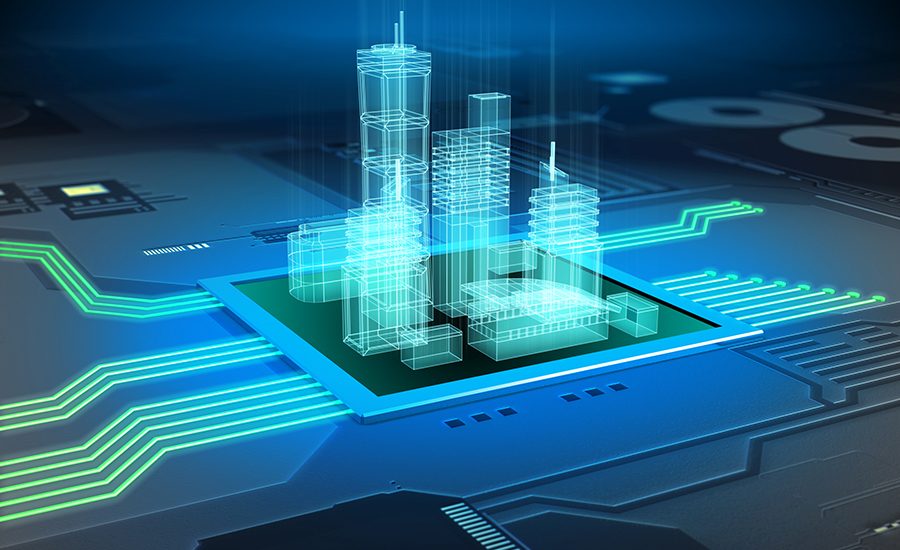How to Increase Your Building’s IQ




According to a recent report by Garner Insights, the smart building market is expected to grow from $7.4 billion in 2017 to nearly $32 billion in 2022 — that’s more than a quadruple increase in just five years. But for some, security and its addition into the smart building ecosystem can be an afterthought. As a security professional, you must get in front of any building automation efforts to ensure security solutions are included at the start; it’s much more difficult, and less effective, when security is a last-minute addition. Here are four ways in which security systems can make a building smarter.
1. Integration
Fire, security, intrusion and access control systems are all key components of a smart building that must be considered — and integrated. With all of the new technologies that have entered the market over the past year, getting them to work together is one of the biggest challenges. Here, IT, security and HVAC professionals can (and should) come together early to conceive, design and deliver systems that are truly interoperable, making life easier for employees and management. Getting everyone involved early is important since integration of systems after they have been installed is more expensive, difficult and time-consuming. And once these integrated systems are installed, they provide a host of benefits, including the optimization of systems, software and network infrastructure; more room in the technology budget; the ability to attract and retain employees; improved communications; better productivity; flexibility; and improved infrastructure overall, that is prepared for whatever the future might bring.
2. Secure Credentials
When using physical access control credentials such as key cards or fobs, it’s easy for those credentials to be lost or stolen, and while this may just be seen as a simple mistake, it opens the door for a massive security threat — who knows in what hands these credentials will end up in. Plus, it is cumbersome and costly to replace these physical credentials time and time again. The good news is that there are a variety of more secure access credentials available to choose from. Mobile credentials, wearables and even biometrics such as facial or iris recognition are all convenient, more secure and low-touch, making them even more ideal for the ‘new normal’ we are living in.
3. Analytics
Once an offering that over-promised and under-delivered, analytics have come a long way in recent years. Using artificial intelligence, analytics can operate as the true brains of your smart building, performing a variety of tasks such as mask detection; social distancing detection and enforcement; occupancy monitoring; weapons detection; facial recognition; and more. Plus, it’s likely that these analytics will continue to rapidly improve over the next few years, so incorporating them into your security system now will put you at an advantage.
4. Data Collection
The idea of what a security system can do has truly evolved in recent years. Now, not only can your system keep you safe, but it can also collect data and generate reports, which has become incredibly valuable for many users. Some of the most useful data that can be collected and evaluated via a security system is visitor information. Using this, consider what spaces are under- or over-utilized, and whether health guidelines are being followed.
Looking for a reprint of this article?
From high-res PDFs to custom plaques, order your copy today!








